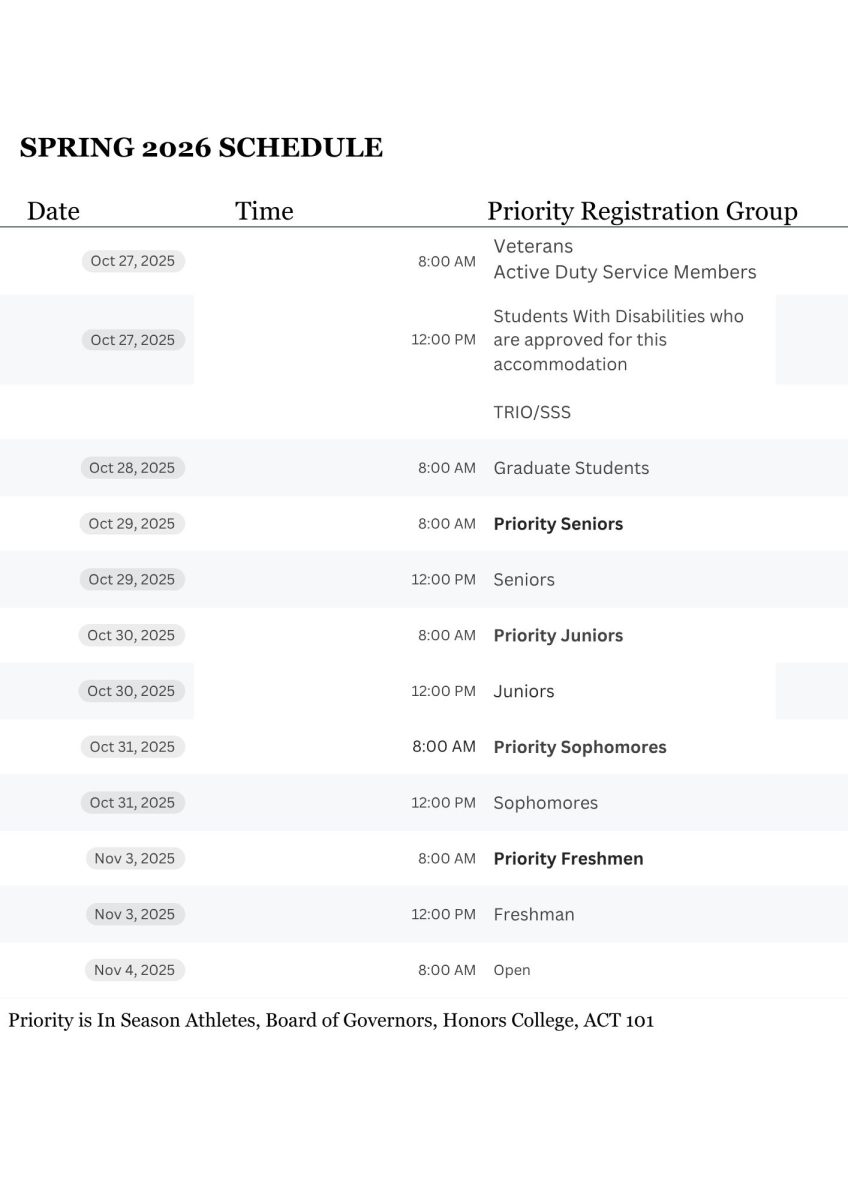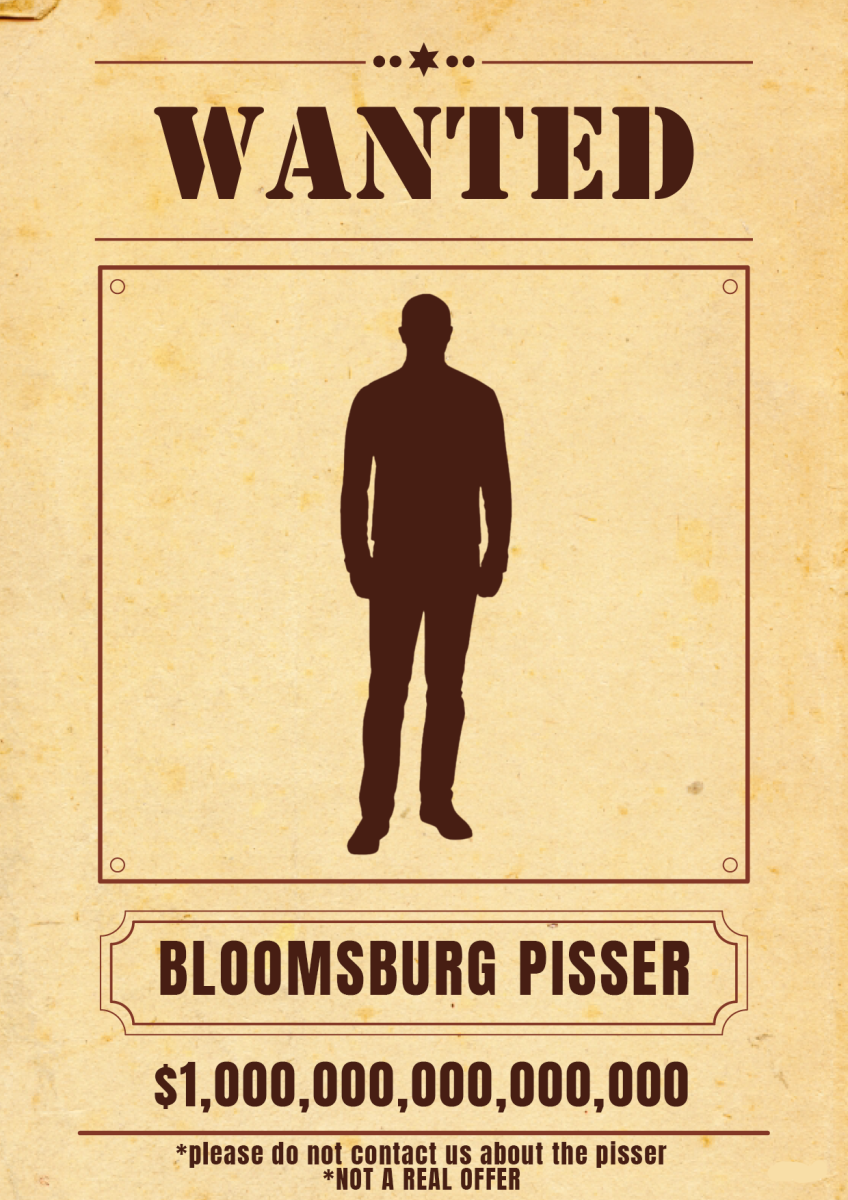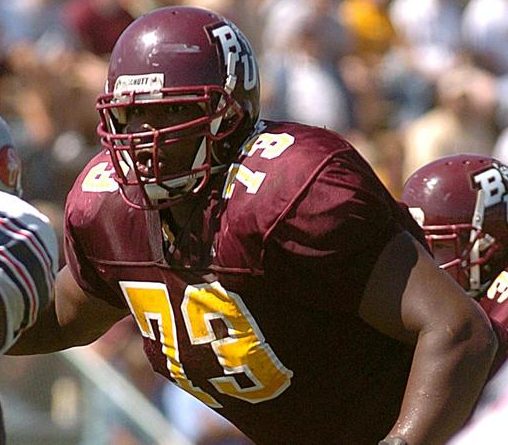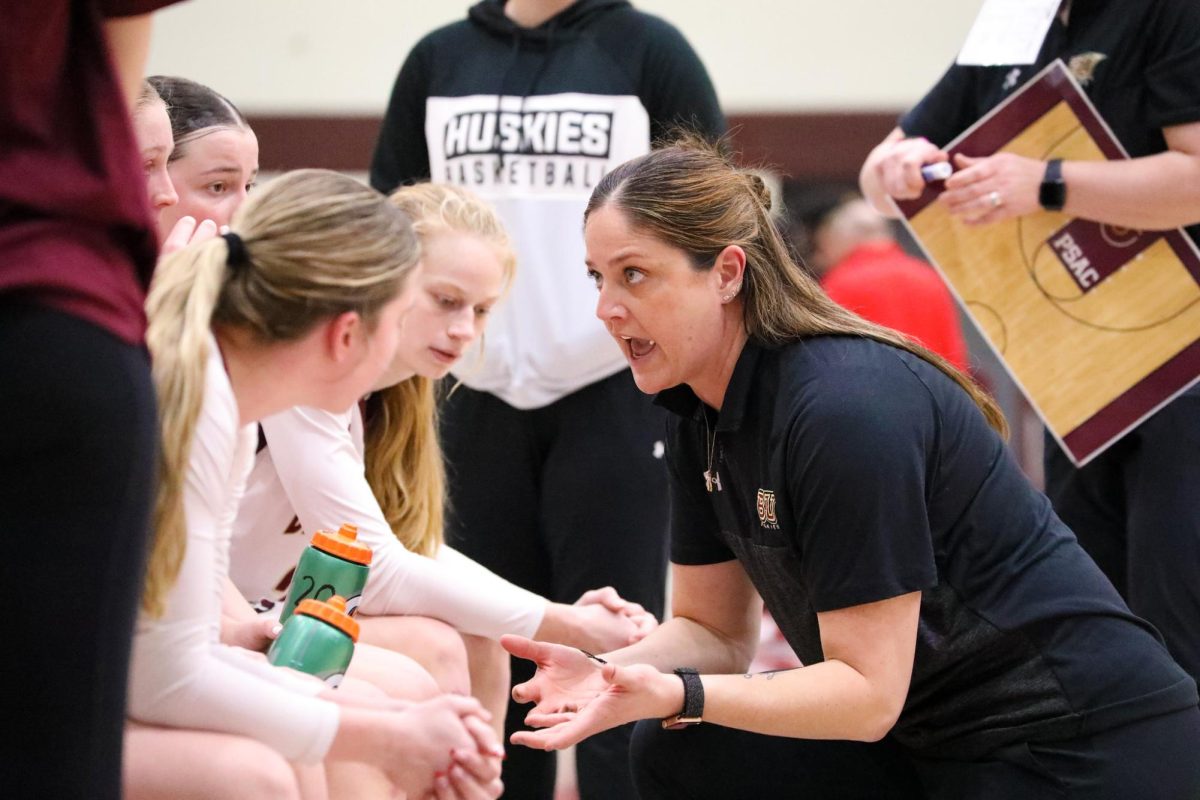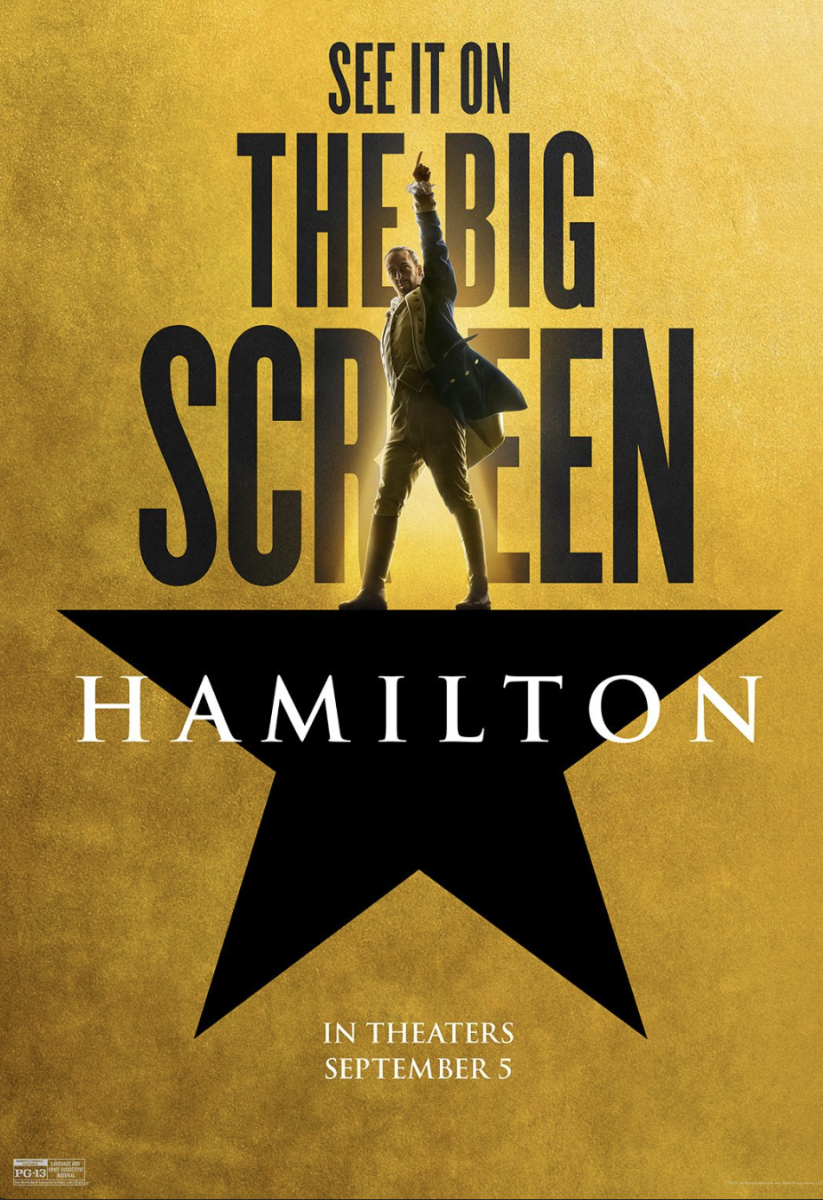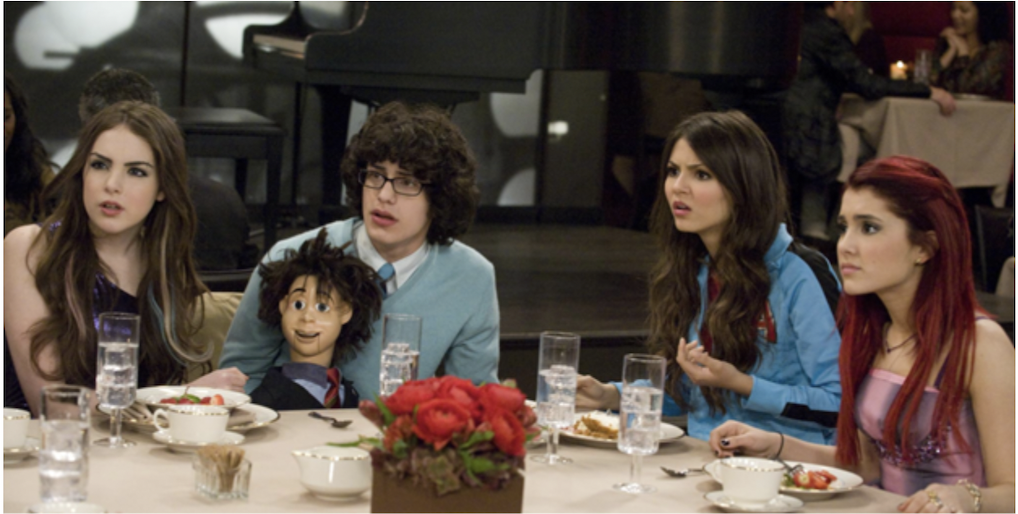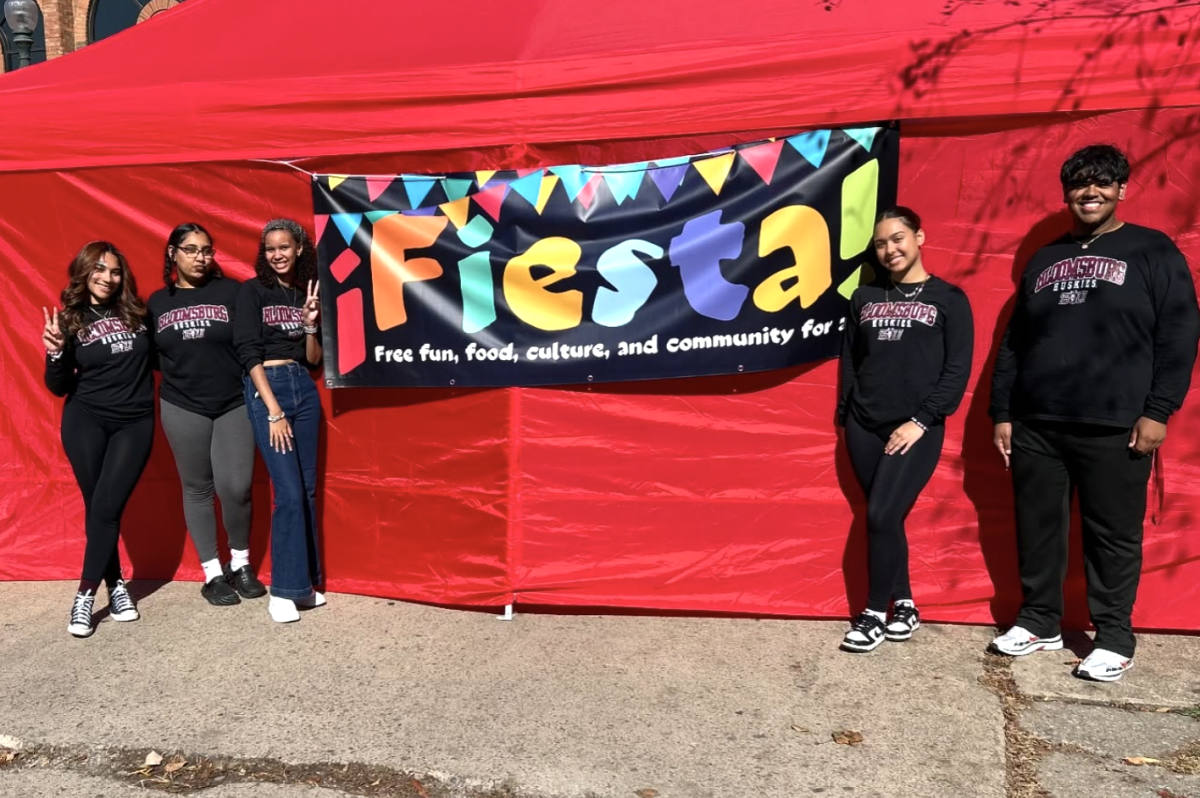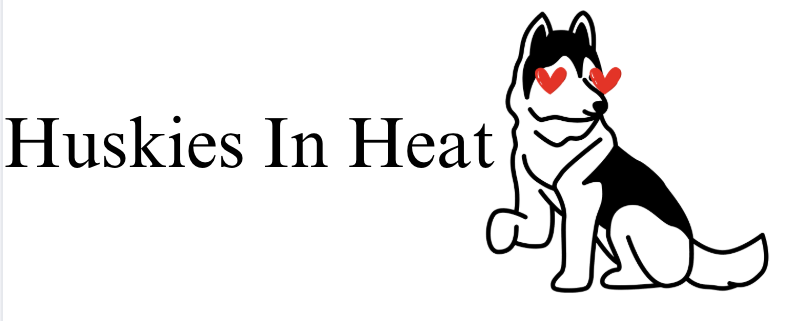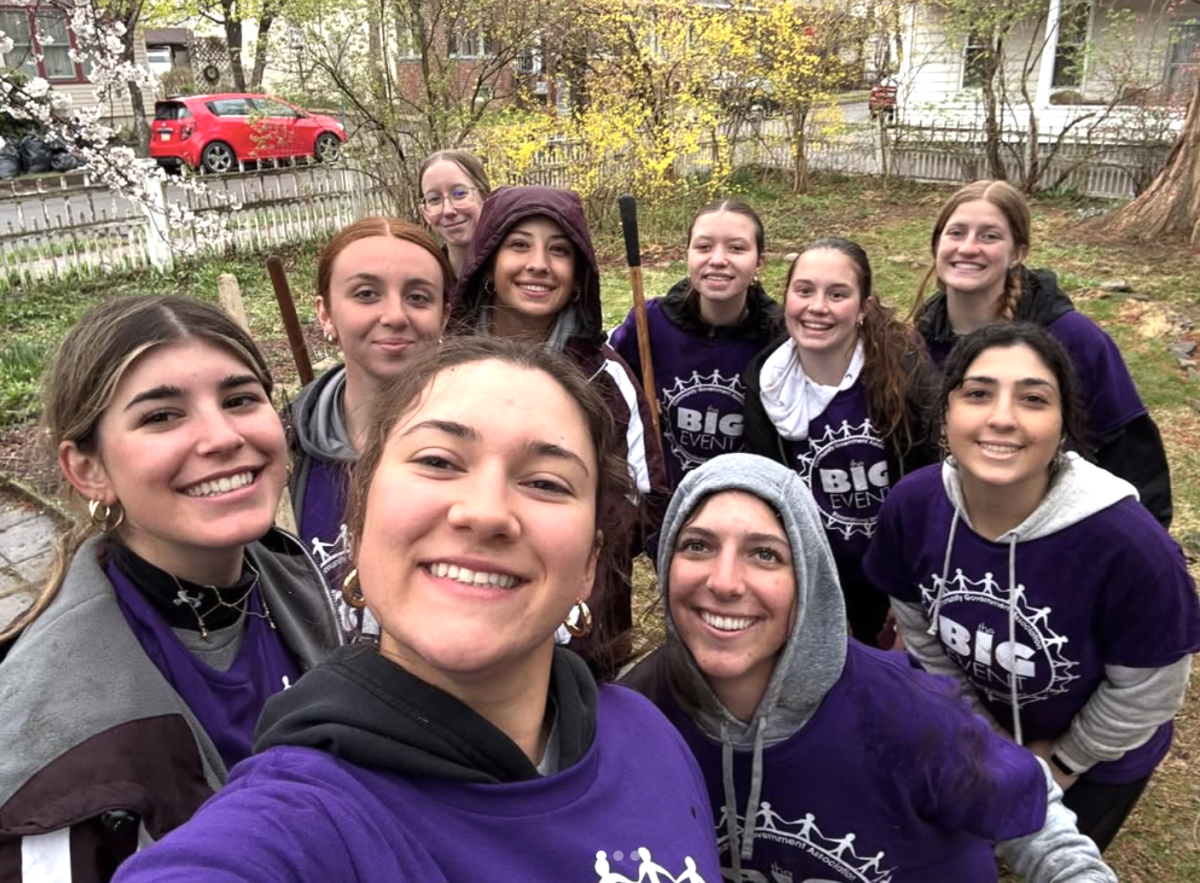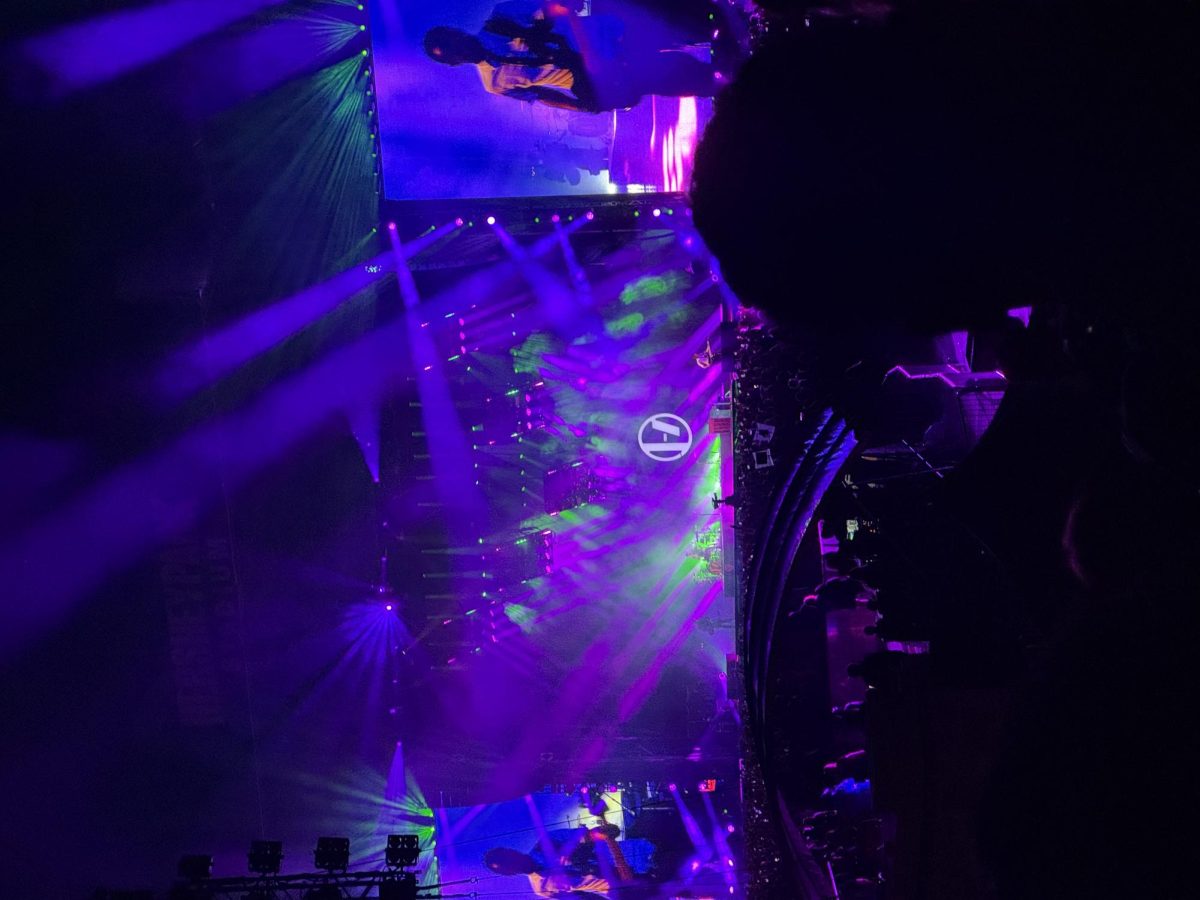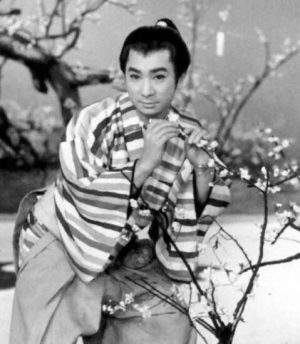Brands enhancing change
How your favorite brands keep up with you using hyperconnectivity
March 5, 2020
In the article “Developing Brands in a Hyperconnected World,” the writers, Vanitha Swaminathan, Alina Sorescu, Jan-Benedict E.M. Steenkamp, Thomas Clayton Gibson O’Guinn and Bernd Schmitt, explain the current state of market trends occurring due to a fast changing environment causing new roles to evolve in marketing and branding techniques involving the consumer, firms and society, together. They explain the importance of researchers participating in future-boundary-breaking research to improve their brands. The branding layout for consumers, firms, and society is measured and shown in perspectives throughout the process to encourage those future marketing researchers to adapt brand approaches around hyperconnectivity.
Hyperconnectivity is the sharp increase in interconnectedness of people, organizations, and objects resulting from the internet or mobile social networks. It contributes to the new roles in which brands are groups, controversies, and contain data privacy. The current shift in the trends is moving towards cocreated brand meanings triggered by mobile networks that facilitate cocreation.
Brands need to become tightly conceptualized within the individual theoretical perspectives in the brand literature, for branding research. Customers and companies’ perspectives should transfer their focus towards themselves as the networks instead of individual users or the teams working within a brand.
Many advancements and advantages come with hyperconnectivity. Firms can reach a larger audience by expanding their reach and new spacing availability is present due to the labeling of brands as ideas, people, places, and organizational concepts. The overall goal of generating to a broader conceptualization approach is to use people and ideas within the brand to maximize profits with a strong purpose-driven mission statement. The Blurring of Branding chart shows the comparison between narrower and broader conceptualizations with porous and rigid boundaries.
More firms should attempt to innovate these new strategies towards their brands to enhance change. Firms should try to incorporate hyperconnectivity to expand their brand, enhance brand loyalty, and spark conversation influencing publicity. Attracting larger audiences while maintaining the already established market will cause increasing profit growth.
The example used in the article described the level of controversy that rose due to Colin Kaepernick becoming a celebrity endorser for Nike. People shared their negative opinions of the endorsement due to Kaepernick causing protest during the preseason game against the Green Bay Packers during the national anthem.
Nike did take a risk, which resulted in a viral campaign and generated $30 million in 2019. Sometimes firms just need to take on the challenges and controversial issues first-hand to make a statement and stand out as a brand.
Morgan is a junior Marketing major and is a member of the BU AMA Club.



